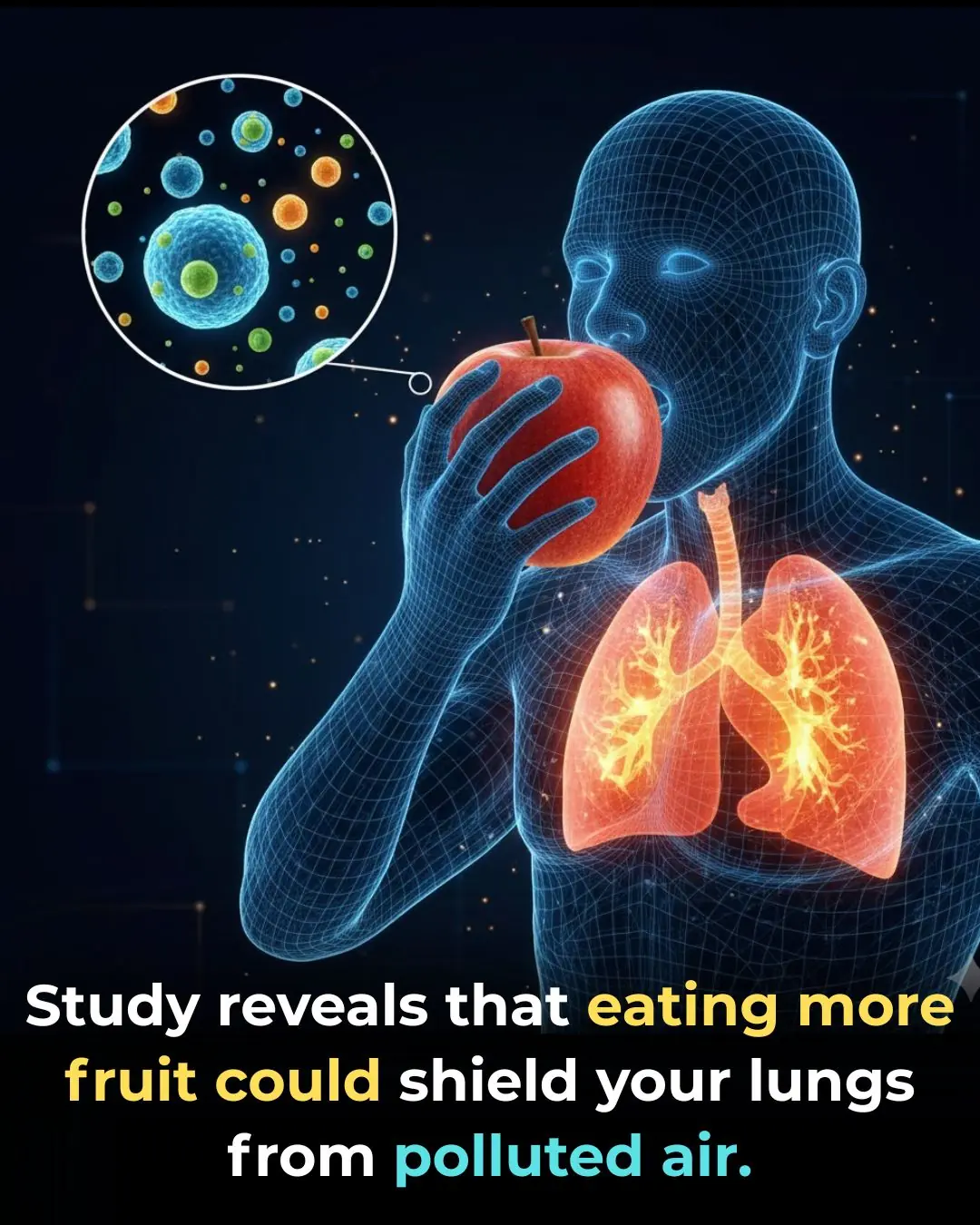
The 5 foods that quietly fuel diabetes — and what to avoid to help reverse it
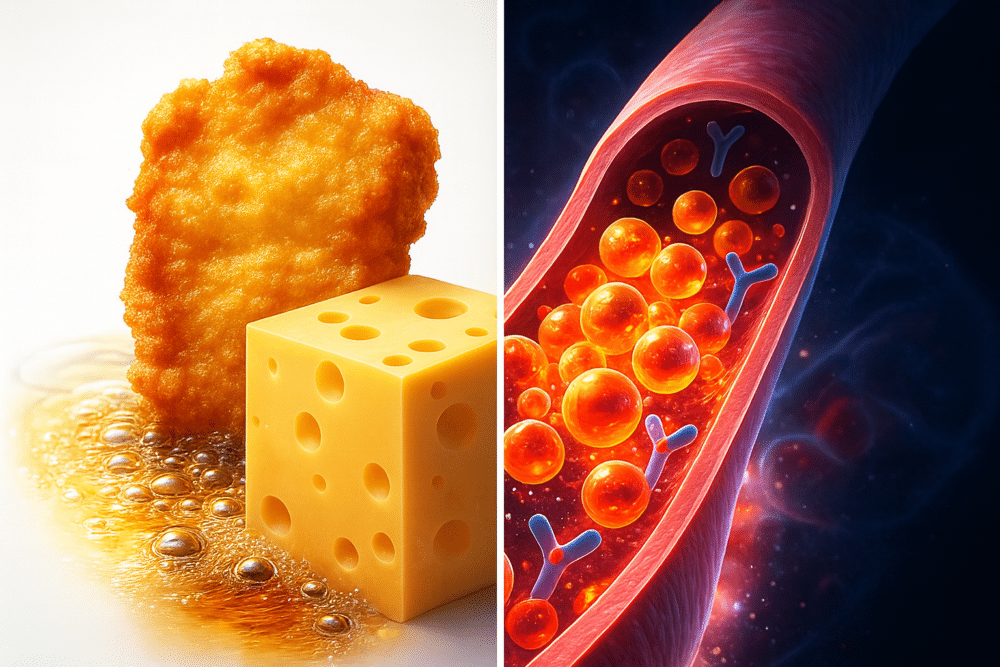
What if I told you that as many as 90% of type 2 diabetes cases may be reversible? It might sound unbelievable, but for millions of people, the pathway to better health doesn’t start at the pharmacy counter—it starts in the kitchen. The issue isn’t simply your DNA or your motivation. More often, the real problem is the everyday food sitting on your plate. Many foods we consider “normal,” and even some marketed as healthy, quietly fuel a condition called insulin resistance, keeping your blood sugar high and your metabolism under constant strain.
Most people assume that diabetes management revolves around counting carbs or cutting them out entirely. While carbohydrates do matter, they are not the true enemy. The real metabolic disruptor, the one that silently interferes with your body’s ability to use insulin, is excess dietary fat, especially the kind that comes from processed meals, fried foods, cheese, and red meats. This fat sneaks into your cells, blocks insulin’s action, and traps glucose in your bloodstream.
In this article, we’re going to expose the five biggest dietary saboteurs that undermine your blood sugar control and contribute to insulin resistance. By understanding how these foods work against you, you can reclaim authority over your metabolism—one intentional meal at a time. (Inspired by the work of Cyrus Khambatta, PhD.)
Key Takeaways
-
The primary driver of high blood sugar in type 2 diabetes is insulin resistance, not carbohydrates alone.
-
Excess dietary fat—especially from fried foods, cheese, processed items, and red meat—accumulates inside muscle and liver cells, blocking insulin from doing its job.
-
Many “healthy” products like protein bars, low-carb meals, and shakes are highly processed and often contain hidden fats and additives that impair glucose control.
-
Avoiding five key categories of foods can dramatically improve your insulin sensitivity and help your body use glucose efficiently.
-
A diet centered on whole, plant-based foods—fruits, vegetables, whole grains, and legumes—is the most powerful nutritional strategy for lowering blood sugar and potentially reversing type 2 diabetes.
1. Fried Foods: The “Oil Spill” Inside Your Body
The crispy satisfaction of fried chicken, French fries, tempura, or onion rings is hard to deny—but the metabolic consequences are steep. Frying submerges food in scorching hot oil, transforming it into a sponge for fat. This doesn’t just add calories—it fundamentally alters the food in a way that damages your cells.
When you consume fried foods, your bloodstream becomes flooded with free fatty acids, overwhelming your muscle and liver cells. Once inside, these fats create a kind of internal traffic jam that blocks insulin from opening the “door” for glucose. Over time, this leads to stubborn insulin resistance.
To make matters worse, the high temperatures used in frying create toxic compounds called AGEs (Advanced Glycation End Products). Think of AGEs as rust inside your cells. They trigger inflammation, oxidative stress, and chronic metabolic dysfunction.
Research supports these dangers. In the well-known Nurses’ Health Study, people who ate fried foods four to six times a week had a 39% higher risk of developing type 2 diabetes than those who ate them less than once per week.
If you’re craving that crunchy texture, there are healthier ways to achieve it. Try air-frying vegetables, roasting chickpeas, baking potato wedges with herbs, or crisping tofu in the oven. You keep the crunch without the metabolic “oil spill.”
2. The “Healthy” Processed Food Trap
Walk down any grocery aisle and you’ll see shelves stacked with protein bars, low-carb frozen meals, keto snacks, and protein shakes promising quick energy or weight loss. However, these products often belong to a deceptive category: processed foods disguised as health foods.
Whole foods like apples, beans, or sweet potatoes come packaged with fiber, water, and natural nutrients that help your body digest sugar slowly and steadily. In contrast, many processed “health” foods rely on refined protein isolates, saturated fats, artificial sweeteners, sugar alcohols, and chemical additives that disrupt your glucose metabolism.
Diets high in processed foods—particularly those loaded with hidden fats—have been shown to impair fasting glucose, worsen insulin resistance, and increase inflammation over time.
A simple rule of thumb:
If your food’s ingredient list reads like a chemistry experiment, it’s probably not helping your diabetes.
Instead, choose meals based on real, recognizable foods: beans, brown rice, vegetables, fruits, lentils, oats, potatoes, and whole grains. These foods give your body what it understands—and what it can metabolize properly.
3. High-Fat Foods: The Biggest Misconception in Diabetes Nutrition
For decades, people with diabetes have been told to fear carbs and embrace high-fat diets—especially low-carb programs that prioritize butter, oils, cream, meat, and cheese. But this advice is deeply misleading and often harmful.
The root cause of type 2 diabetes isn’t sugar itself—it’s insulin resistance, which is largely driven by fat accumulation inside your cells. This condition, often referred to as lipotoxicity, prevents insulin from unlocking the door that allows glucose inside. Glucose ends up stranded in your bloodstream, causing high blood sugar.
Imagine your muscle cell as a room. Insulin is the key. Glucose is waiting outside.
A high-fat diet fills the room with clutter, blocking the door from opening.
No matter how hard insulin tries, the door won’t budge.
The solution is not removing carbs—it’s clearing the clutter.
By lowering your fat intake to around 10–15% of your total calories (or less than 10 grams per meal), your insulin sensitivity can dramatically improve. This opens the door to enjoying naturally carbohydrate-rich foods like fruits, potatoes, lentils, grains, and vegetables—foods that nourish you and support metabolic healing.
4. Cheese: The Addictive Habit That Stalls Fat Burning
Cheese might feel comforting, but metabolically, it is a dangerous combination of high saturated fat, sodium, and compounds that make it surprisingly addictive.
-
A single ounce of cheddar contains about 9 grams of fat, much of it saturated.
-
Cheese is also extremely salty, increasing blood pressure and cardiovascular risk.
-
It contains casomorphins, protein fragments that act on the brain’s opioid receptors, triggering cravings and reward cycles.
For someone trying to reverse insulin resistance, cheese can quietly sabotage progress. Even small daily portions keep your fat intake high enough to block insulin and slow metabolic repair.
If you crave the savory, cheesy flavor, try nutritional yeast—a plant-based ingredient that offers a cheesy taste, adds B-vitamins, and helps break the cheese-craving loop without adding harmful saturated fat.
5. Red & Processed Meats: The Proteins That Accelerate Aging
Burgers, steak, bacon, sausages, and deli meats are often advertised as strong protein sources, but inside the body, they act very differently. These meats deliver high levels of saturated fat and heme iron, a highly absorbable form of iron found only in animal products.
Saturated fat worsens insulin resistance, but heme iron creates a different kind of damage. Because the body absorbs it too efficiently, it can lead to iron overload, which sparks oxidative stress—a storm of free radicals that inflames your tissues and disrupts insulin signaling.
Plant-based sources of iron, by contrast, contain non-heme iron, which your body absorbs more gradually, reducing the risk of oxidative stress.
Multiple studies show a strong connection: higher intake of red and processed meat is associated with a significantly increased risk of type 2 diabetes.
Choosing plant-based proteins such as beans, lentils, tofu, edamame, or chickpeas gives your body low-fat, high-fiber fuel that stabilizes blood sugar, supports digestion, and allows your blood vessels to relax and heal.
Conclusion
Type 2 diabetes is not an inevitable or irreversible fate. In most cases, it’s a predictable response to long-term dietary patterns—and that means it can be changed. By steadily removing these five categories of foods—fried foods, processed “health” foods, high-fat items, cheese, and red or processed meats—you begin clearing out the excess fat trapped inside your cells.
As the buildup dissolves, insulin can finally do its job again. Blood sugar levels stabilize. Energy returns. Medications may become less necessary. And your body regains the capacity to heal itself, often more quickly than you expect.
The path forward is refreshingly simple:
Fill your plate with whole, vibrant, plant-based foods.
Choose fruits, vegetables, legumes, and whole grains.
Let your meals become tools for healing instead of sources of stress.
You now hold the knowledge—and the power—to change the trajectory of your health starting today.
News in the same category


A Powerful Mixture for Cleansing Your Liver (2 Ingredients)

Studies Link Soda To Depression, Kidney Damage, Heart Attacks And Brain Damage
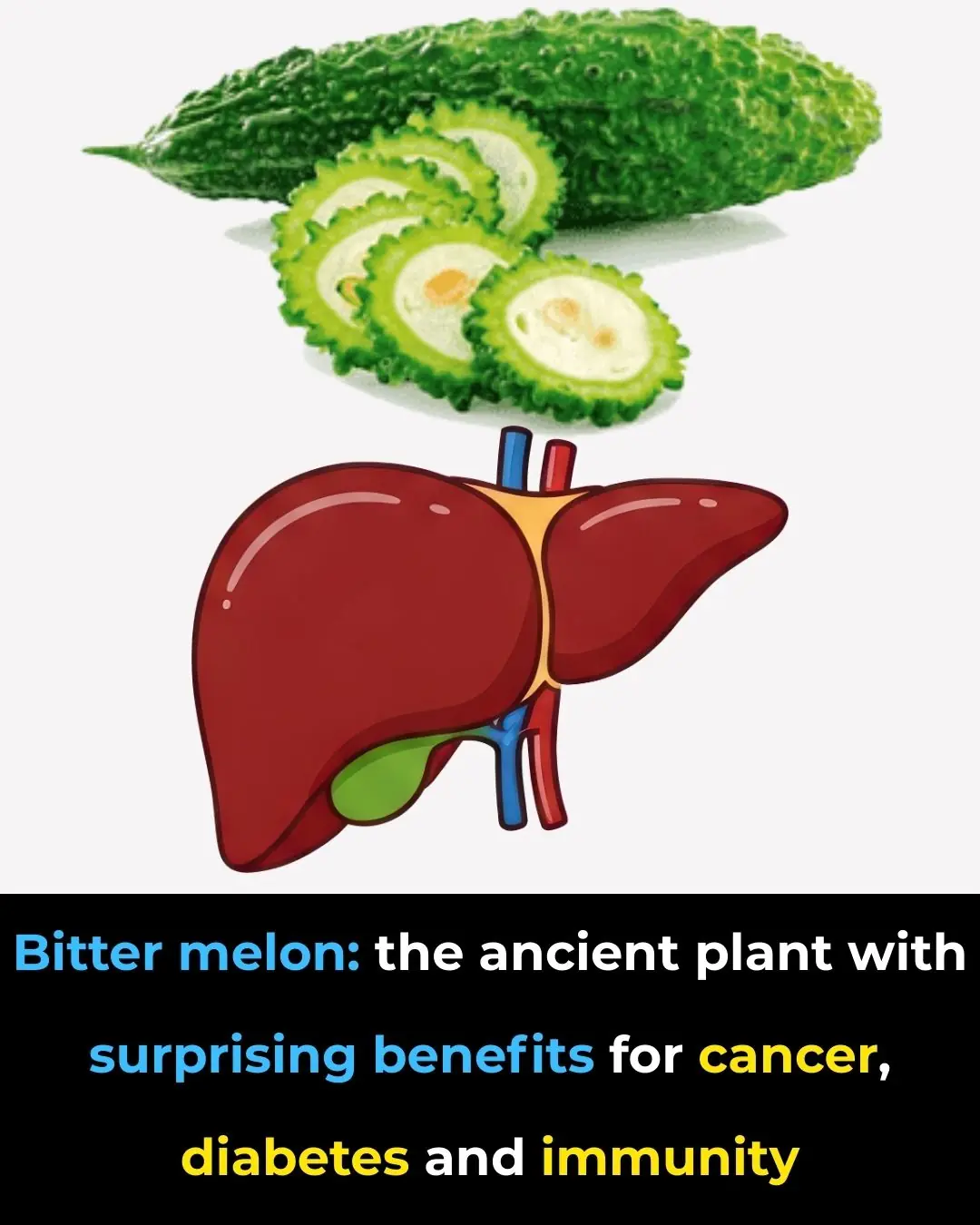
The Plant That Kills Cancer Cells, Stops Diabetes And Boosts Your Immune System!

7 powerful vitamins you need for strong, healthy legs

10 signs you’re eating too much sugar
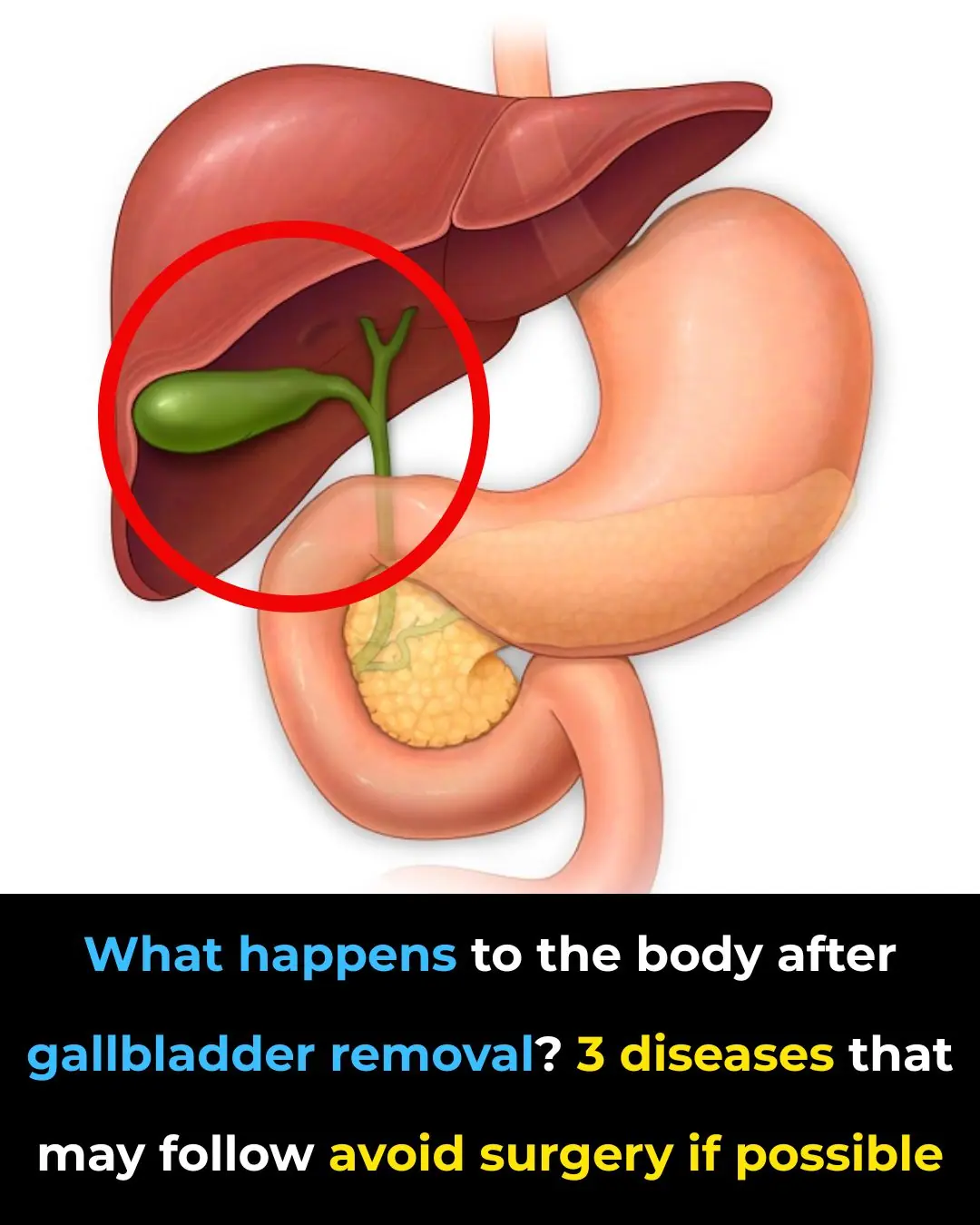
Gallbladder removal: what happens next and 3 risks to watch for
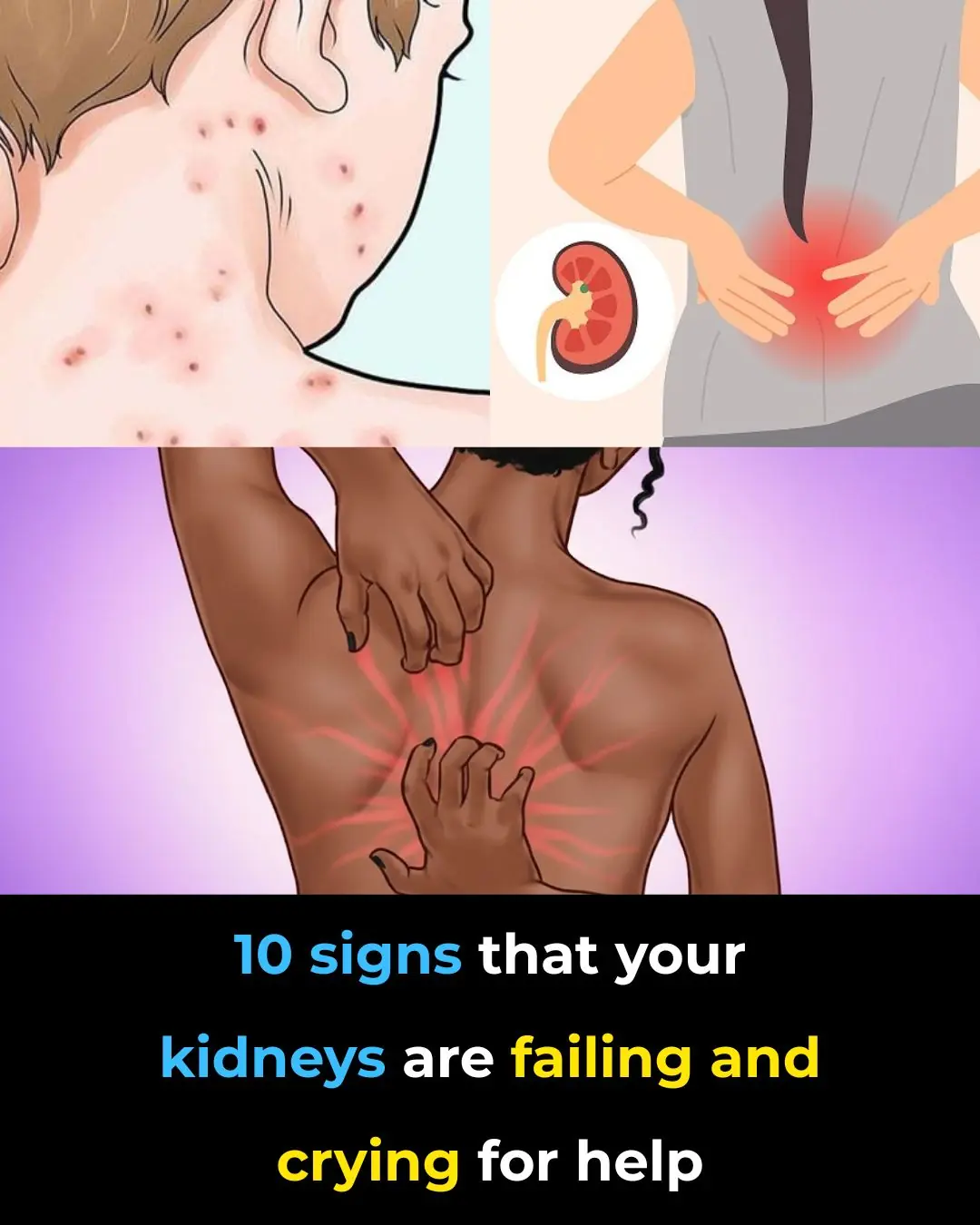
10 Warning Signs Your Kidneys May Be in Danger
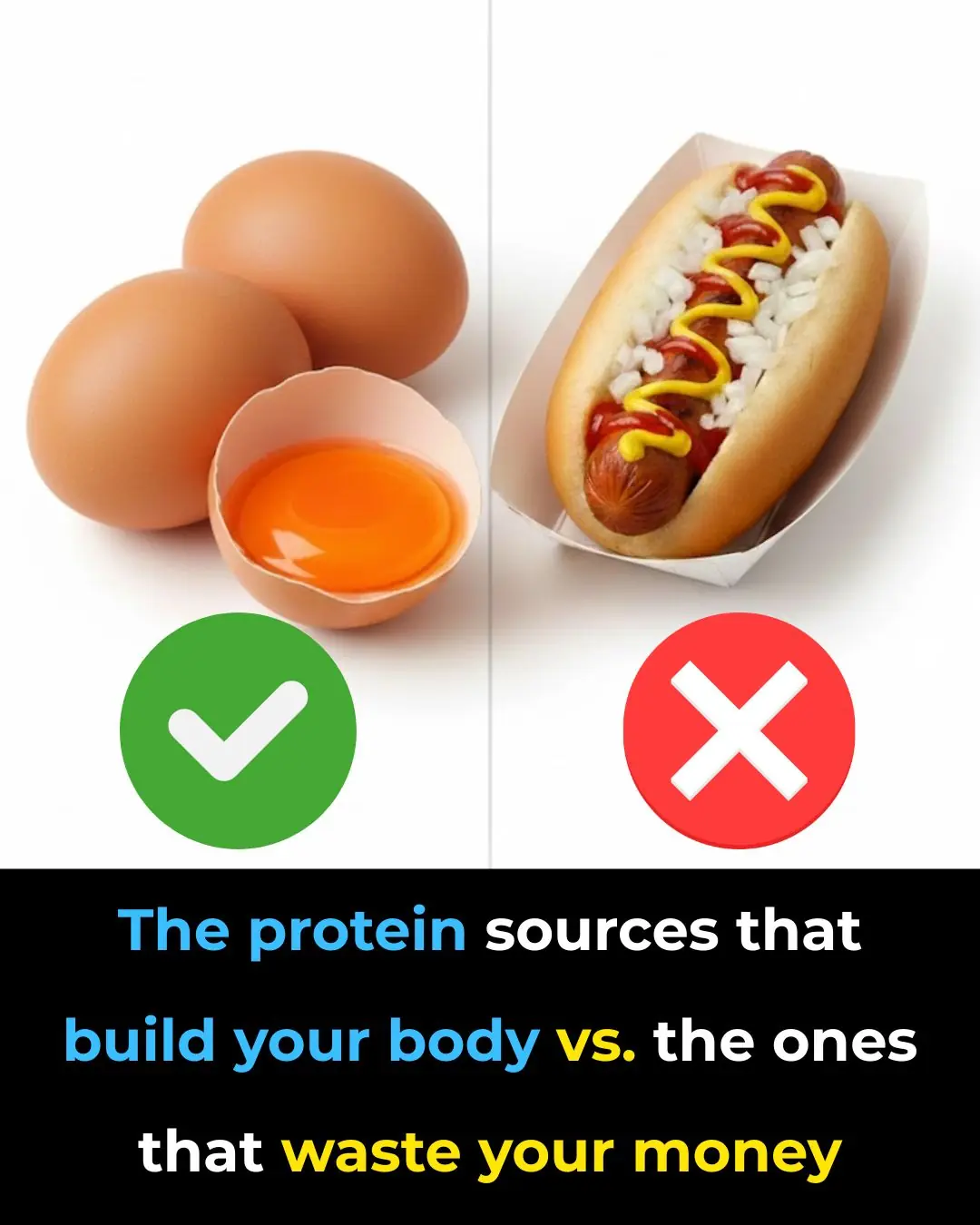
The protein sources that build your body vs. the ones that waste your money
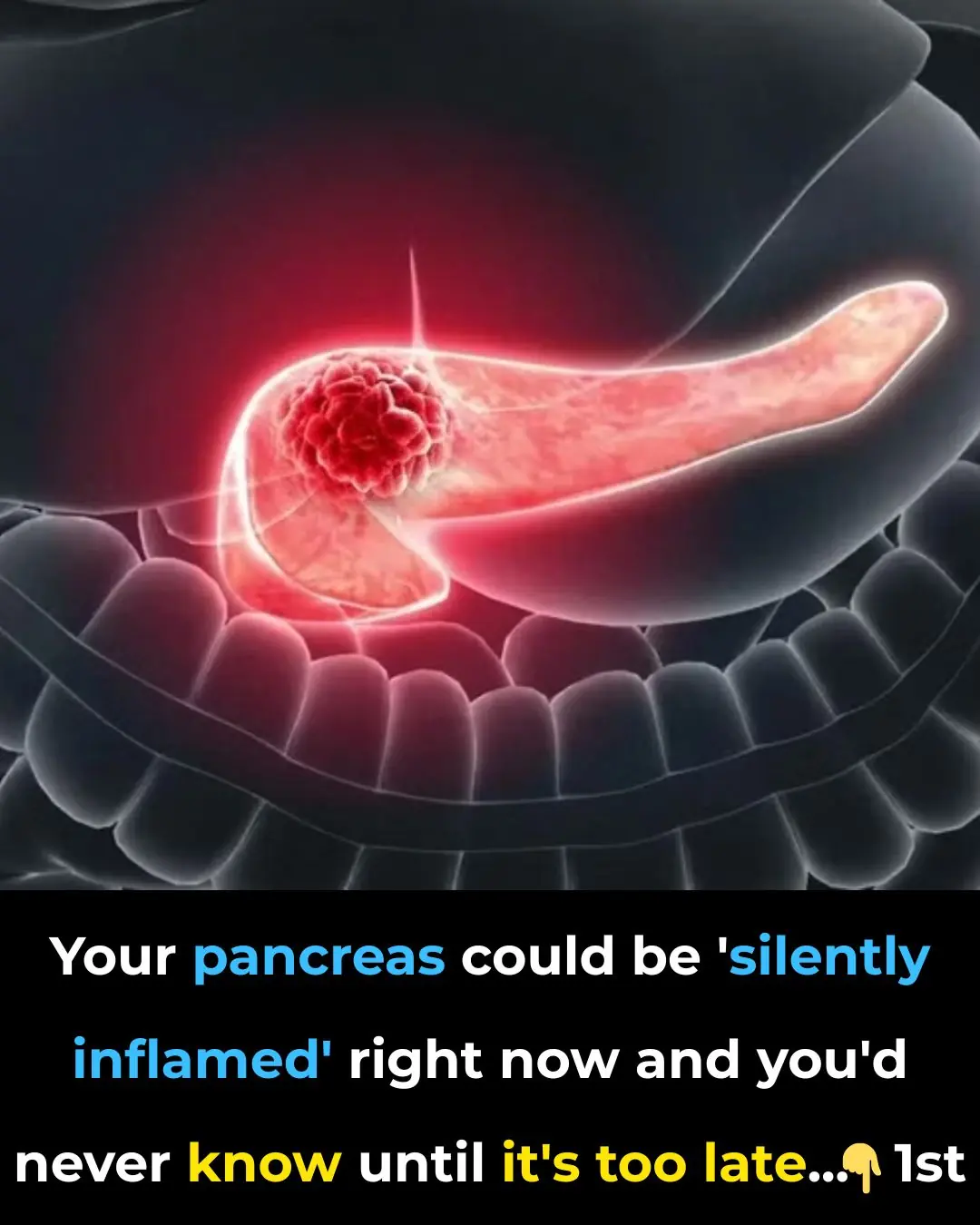
Your pancreas could be ‘silently inflamed’ right now and you’d never know until it’s too late
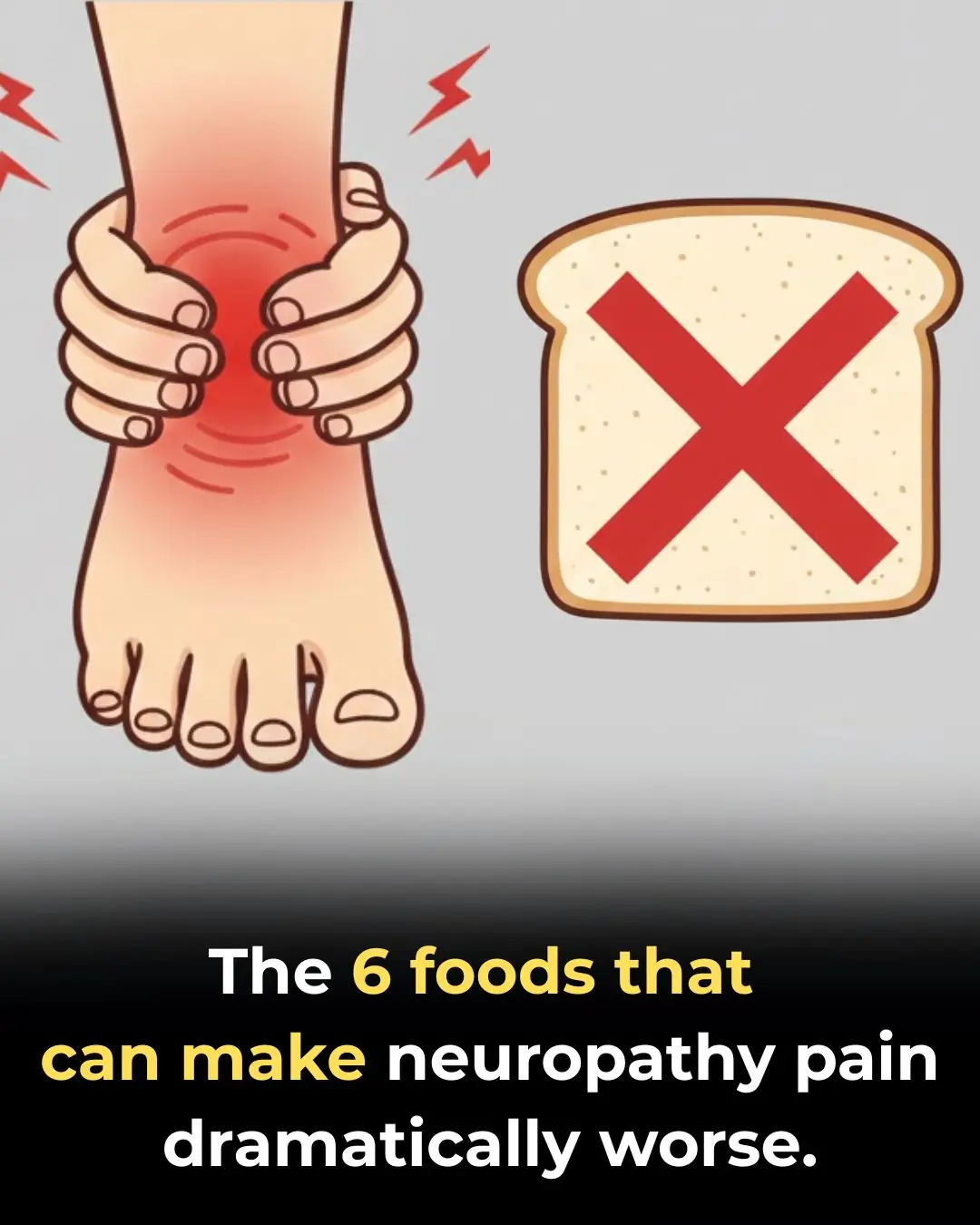
6 Trigger Foods That Cause Agonizing Pain If You Have Neuropathy
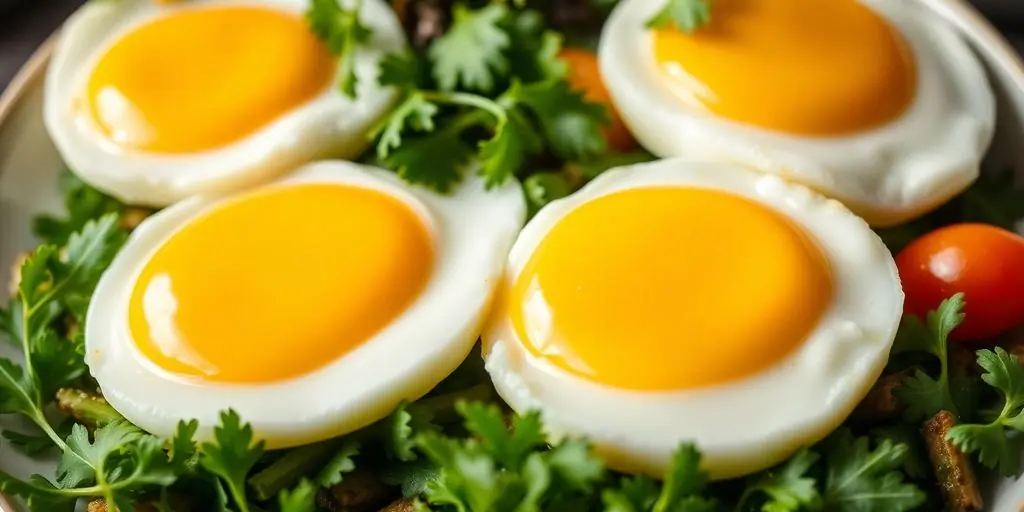
What if you ate 4 eggs a day with the yolks for 30 days

The Plant That Kills Cancer Cells, Stops Diabetes And Boosts Your Immune System!

The Ultimate DIY Clove Skincare Routine

Foods That Are Beneficial For Strengthening Muscles In Old Age

Why Staying Up Past Midnight Can Harm Your Brain
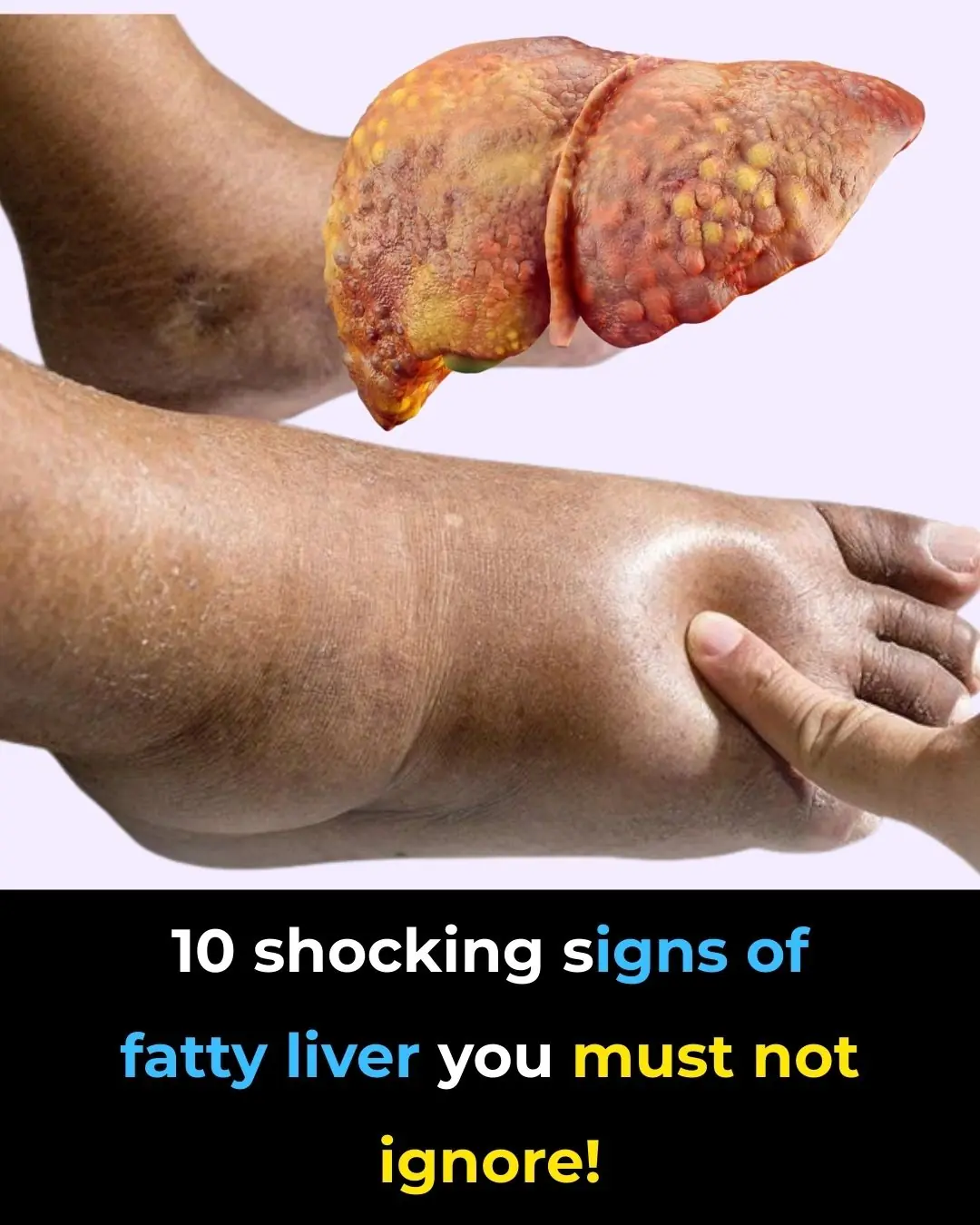
10 shocking signs of fatty liver you must not ignore!
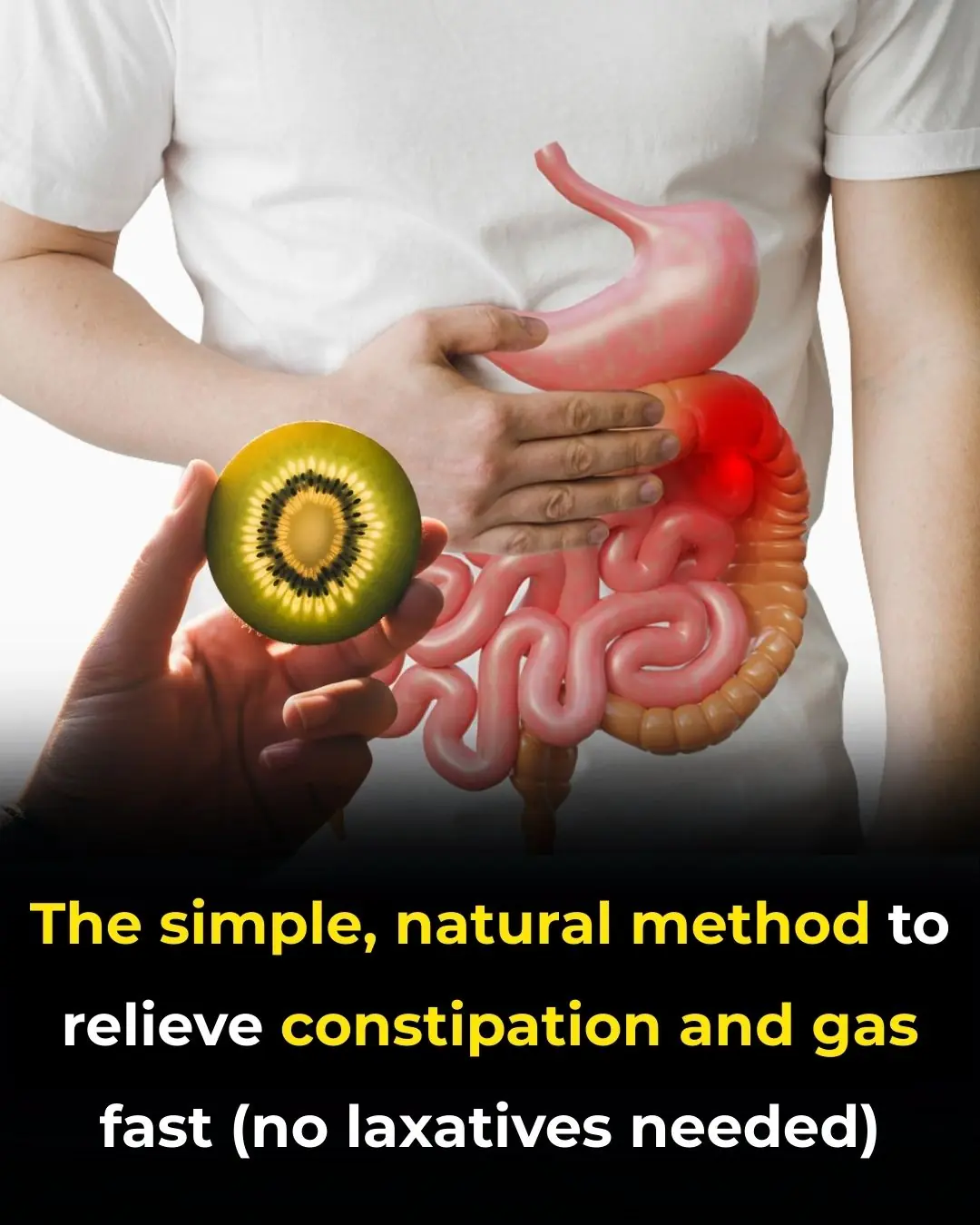
The simple, natural method to relieve constipation and gas fast (no laxatives needed)
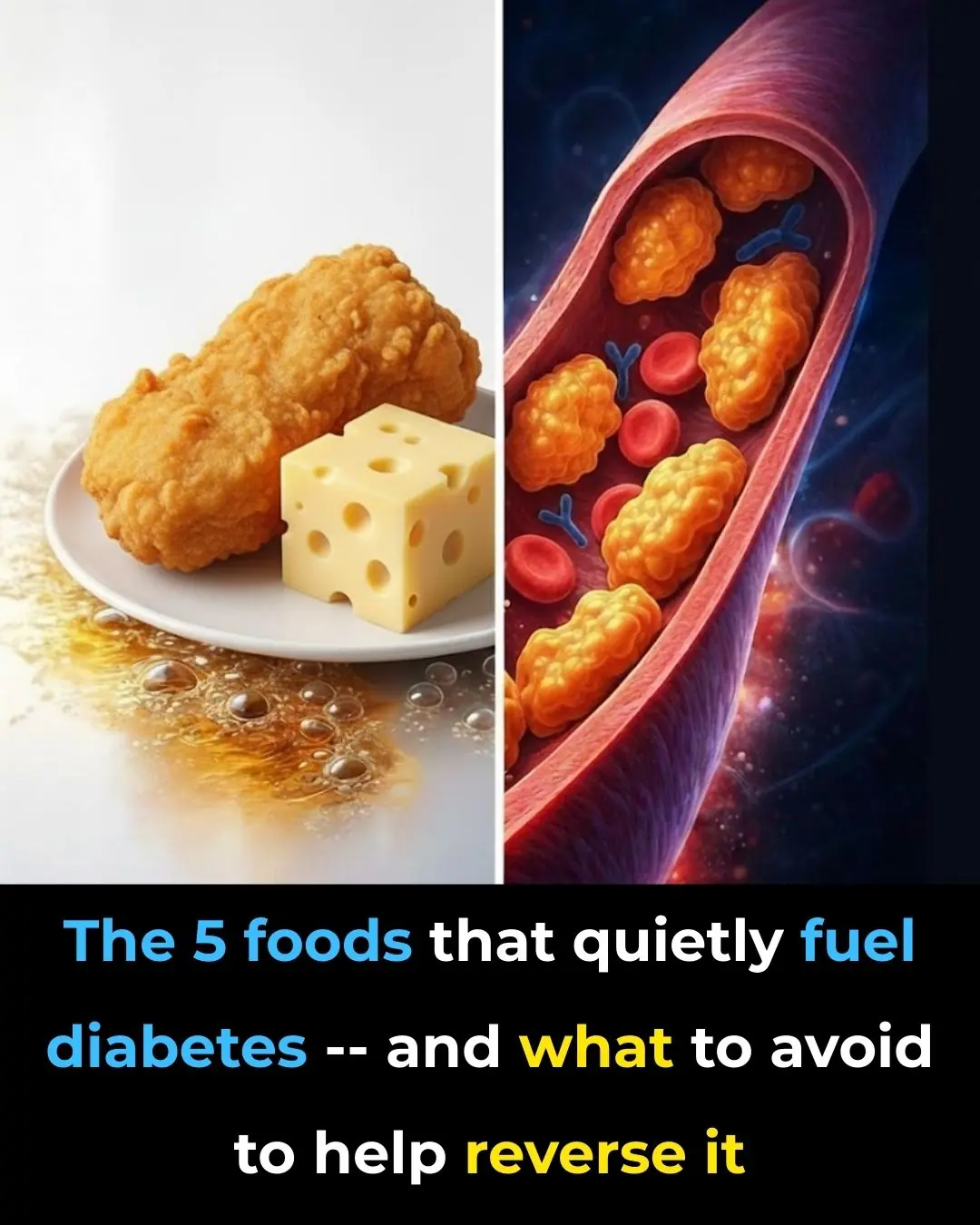
The 5 foods that quietly fuel diabetes — and what to avoid to help reverse it
News Post
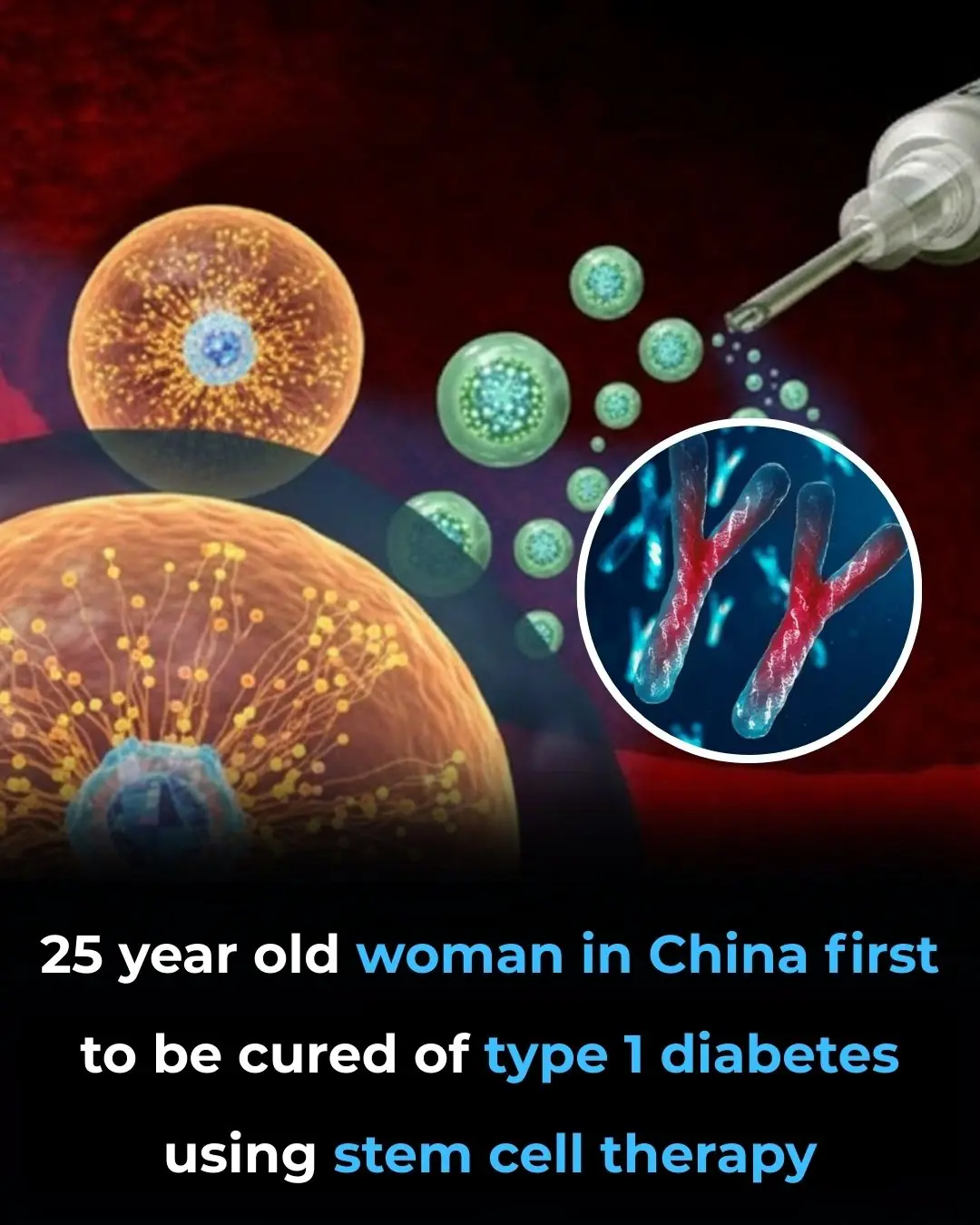
First Person Cured of Type 1 Diabetes Using Stem Cell Therapy: A Groundbreaking Medical Achievement

Gray Hair: A Natural Defense Against Cancer, New Study Suggests

The Best Tea to Start Your Morning and After Dinner: A Powerful Blend for Wellness

Why Placing Borax on Wax Paper Under Your Fridge Works: A Full Guide

Young Student's Determination to Support His Education Inspires Viral Act of Kindness

Lavender Oil and Baking Soda: A Natural DIY Air Freshener Backed by Science (Full SEO Article)

MIT Scientists Develop Injectable Gel to Regenerate Damaged Nerves and Restore Sensation

How Attention Shapes Reality: The Neuroscience Behind Focus and Perception

From Fear to Trust: A Dog's Journey of Healing and Love

Cleaning the TV with tissue paper or plain water is a mistake. Use this to clean the dust and not scratch the screen
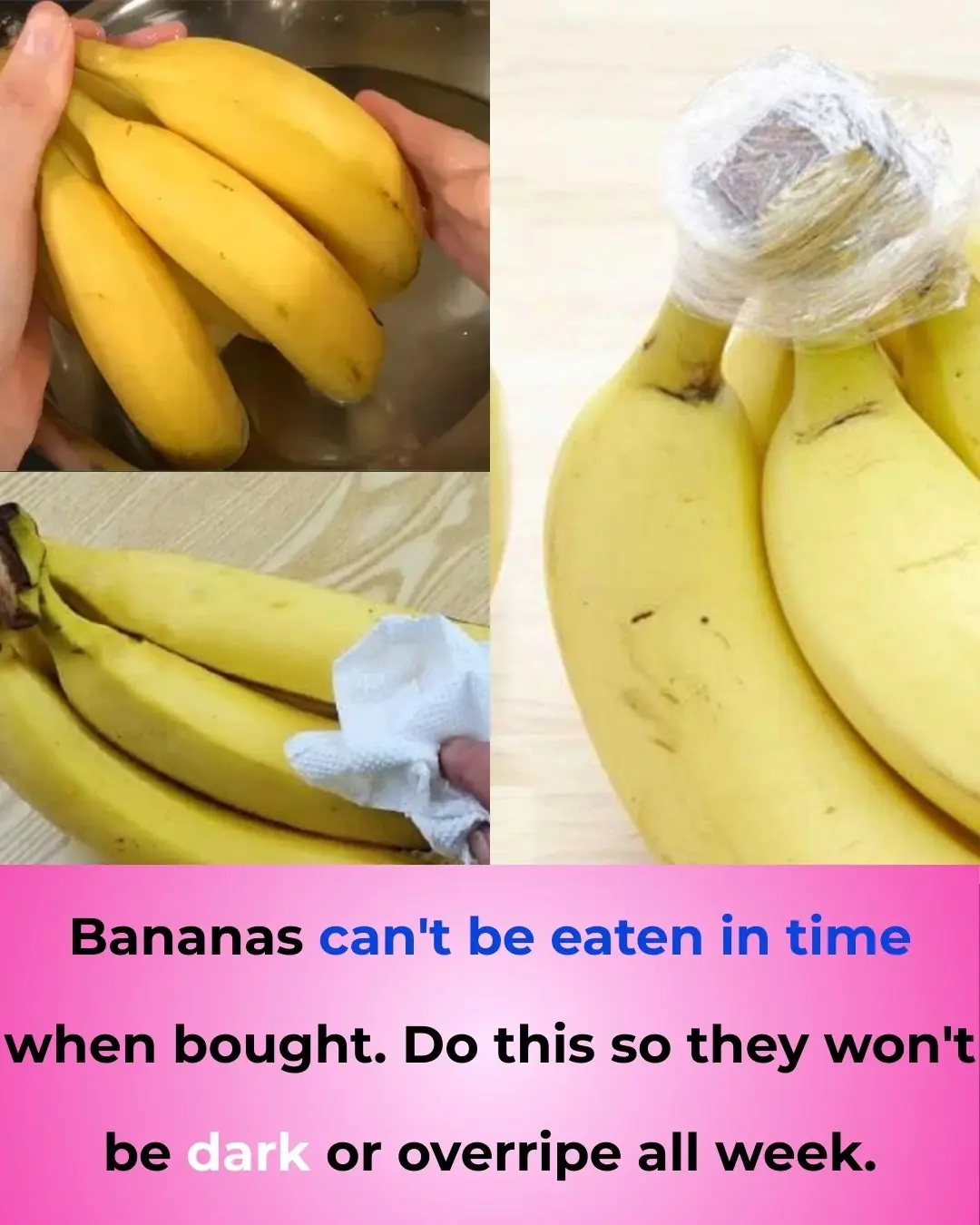
Bananas can't be eaten in time when bought. Do this so they won't be dark or overripe all week

A Powerful Mixture for Cleansing Your Liver (2 Ingredients)

Studies Link Soda To Depression, Kidney Damage, Heart Attacks And Brain Damage

The Plant That Kills Cancer Cells, Stops Diabetes And Boosts Your Immune System!

Frequent Daytime Naps Linked to Larger Brain Volume and Healthier Aging

7 powerful vitamins you need for strong, healthy legs

Study Reveals: Parents of Sons Experience Sharper Cognitive Aging

10 signs you’re eating too much sugar

Gallbladder removal: what happens next and 3 risks to watch for
